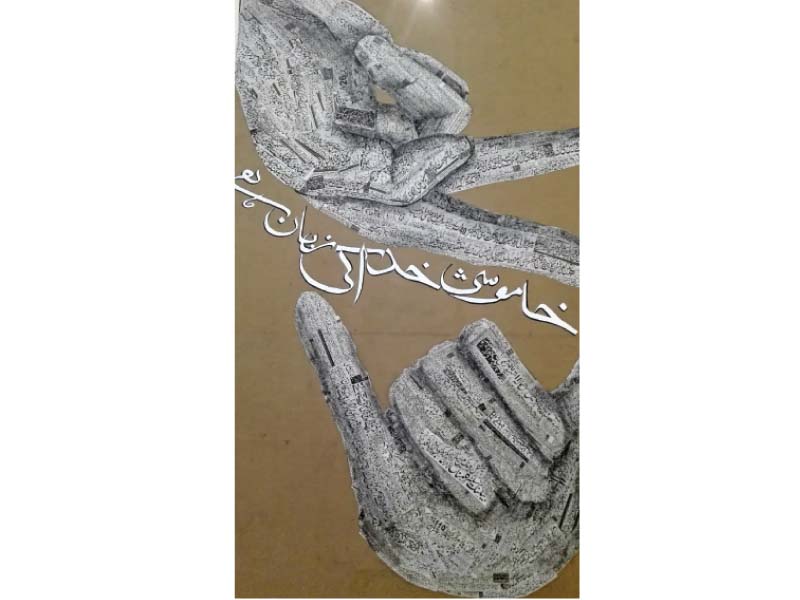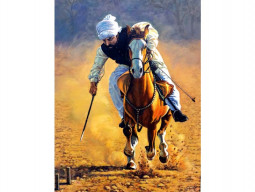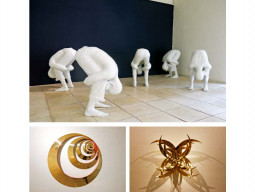
LAHORE: An exhibition put together by the invisible citizen’s project commenced on Tuesday at Alhamra on The Mall.
The project has been undertaken by Nigran-i-Lahore, a group of professionals aspiring to foment debate on contemporary issues in the city through collective thinking. The organisation sees itself as a medium which allows the people to raise questions.
The exhibition was essentially an attempt to depict the realities and challenges different citizens grapple with. This came together in the form of graphic illustrations, audio and video data collected in workshops conducted across Lahore. Rabia Ezdi, one of the organisers, said the process could be seen as a step to encourage public participation and invoke a sense of ownership. She said Nigran-i-Lahore had raised questions such as what made Lahore one’s city, why they felt a sense of belonging here, whether it was really a city for everyone and what cost did development come with.
Ezdi said the installations had been created after documenting and sharing the experiences of groups of people or individuals who felt sidelined vis-à-vis decision making in the city. “This was done via a series of workshops with the marginalised. The workshops were organised to provide them with a platform to express their aspirations for the city,” she said. In doing so, Ezdi said, Nigran-i-Lahore hoped to draw attention to those who had been left unrepresented.
She said Nigran-i-Lahore had worked with sanitation workers from Gulberg, citizens frequenting Shadman’s Bali Memorial, the shrine of Mauj Darya, Yaku Tea House which is frequented by the deaf, Jain Mandir’s School for the Disabled and Sheranwala Gate’s Government Institute for the Visually Impaired. Ezdi said the workshops and discussions were also used to introduce the invisible citizens’ competition and look into the relationship they had with the society. Of students from nine universities, she said, the work of those from the National College of Arts (NCA), the Beaconhouse National University (BNU), the COMSATS Institute of Technology and the Punjab University (PU) had been chosen to be displayed.
Environmentalist Naeem Bajwa said it was extremely important to question the invisibility of the disenfranchised—the minorities, the transgender and the special. Whenever a new development scheme is initiated, he said, authorities focus on how many communities will be displaced in place of accommodating them. Another aspect to focus on is localities on the fringes. They are often obscured from public view. On the other end dwell those who spend time in air conditioned spaces leaving the underprivileged to bear the brunt of their massive carbon footprints.
The display will conclude on May 19.
Published in The Express Tribune, May 12th, 2016.

























































COMMENTS
Comments are moderated and generally will be posted if they are on-topic and not abusive.
For more information, please see our Comments FAQ